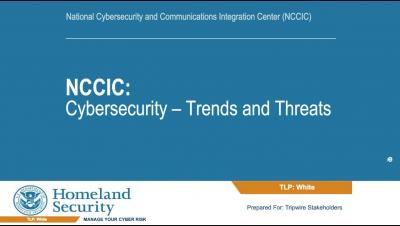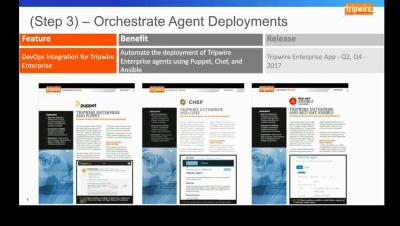Strengthen Production Systems with Container Runtime Security
Container security is not a unitary action but a multifaceted process. It involves securing the build environment using secure code control and other strategies. The procedure also necessitates securing containers’ contents via code analysis and unit tests.





